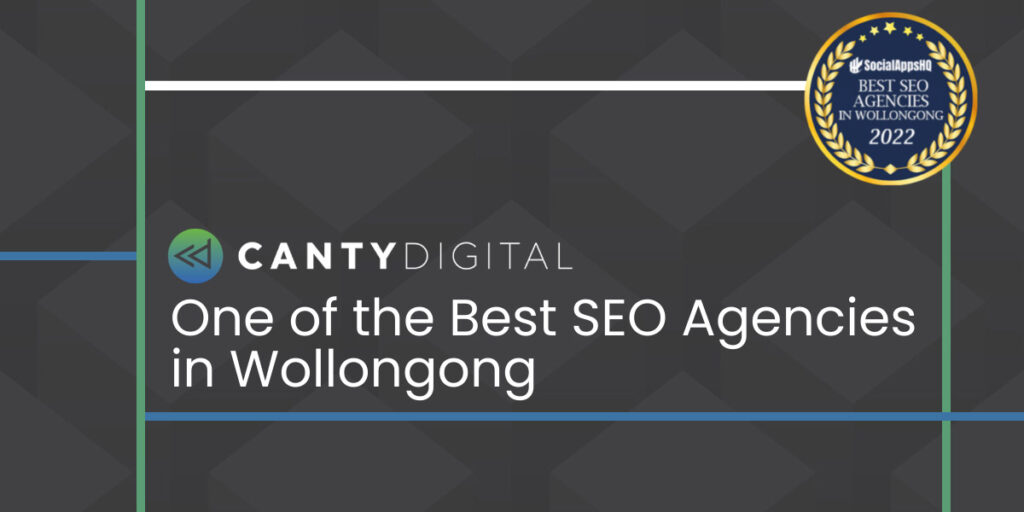
Looking for a dynamic way to present your business and captivate your target audience? Portfolio marketing might be the strategy you’ve been searching for!
It offers a versatile and impactful approach to not only display your best work but also to weave a narrative that highlights your unique value proposition. By strategically assembling a collection of your finest projects, achievements, and testimonials, you can create a powerful tool to engage potential clients, partners, and even investors.
Let’s dive deeper into what portfolio marketing is, why it’s essential for your business, and how you can leverage it to enhance your market presence and achieve your goals.
What Exactly is Brand Portfolio Marketing?
Portfolio marketing is a multifaceted approach that blends digital and traditional methods, various social networks, and unique content across different channels. It’s about assembling a collection of your best work to showcase your business’s capabilities and how to connect with you.
This collection can include online works, printed materials, or a mix of both, sometimes with additional multimedia materials. It’s a practical and aesthetic way to highlight what sets your business apart and showcase your ingenuity.
Why Do You Need Portfolio Marketing?
Since a portfolio is more than just a resume or a business website, it’s curated to display your finest work or products designed to inspire people to work with you. Here’s how:
- Boosting Brand Perception: A study highlighted by Qualtrics shows the significance of managing brand perception, suggesting that consistent brand presentation can lead to substantial benefits, including revenue growth. A well-designed portfolio is a good way to help you do so while showcasing your professionalism and attention to detail.
- Enhancing Engagement: Statista reports that content with diverse visuals and texts can improve user engagement 40 times more on average. By presenting diverse work, you invite engagement through visual and textual content that appeals to different audience preferences.
- Facilitating Networking Opportunities: A portfolio opens doors to new business relationships, collaborations, and opportunities by showcasing your potential to a wider audience.
In a digital world, having a portfolio is indispensable for marketing to clients, investors, potential business partners, or even recruiters if you’re a freelancer or contractor. But what should the final product actually look like?
What to Include in Your Portfolio Marketing?
Creating a portfolio that effectively markets your skills, products, or services is an art in itself. It requires careful consideration of what to include while ensuring it speaks volumes about your professionalism, creativity, and success.
Here’s how you can expand each component to make your brand’s marketing portfolio more robust and compelling:
About Page
Your About Page is the heart of your portfolio. It’s where you tell your story, mission & values, and what drives your passion in your field. This is your chance to connect on a personal level with prospective clients or partners. Include a professional photo of yourself or your team to make the connection more personal. Share your journey, key milestones, and what sets you apart. Authenticity resonates with people, so be genuine and approachable in your narrative.
Testimonials
According to a Nielsen report, 92% of consumers trust non-paid recommendations more than any other type of advertising. That’s why testimonials serve as perfect social proof, offering potential clients or collaborators a glimpse into the experiences others have had with you. When choosing them, look for the ones that speak to the quality of your work, the professionalism of your interactions, and the outcomes of your collaborations. Video testimonials can be particularly impactful, providing a dynamic and engaging way for visitors to hear directly from your satisfied clients.

Contact Details
Visibility of your contact details is crucial. A B2B Web Usability Report highlighted that lacking thorough contact information could lead to 44% of visitors leaving a website. It emphasised that such details are considered a “must have” or “very important” by 90% of buyers to move forward with enquiries or transactions. These reasons are enough to ensure your contact page is easy to find. It should be visible not just on a dedicated contact page but also in the footer or header of your website and on every piece of printed material. Consider including multiple contact methods—phone, email, and possibly a contact form on your website.

Your Best Work
Curating your best work involves more than just selecting the projects you’re most proud of. Each piece should tell a story about the challenges faced, the solutions implemented, and the results achieved. For designers and artists, high-quality images or videos of your work are essential. For services or non-visual products, detailed case studies can illustrate your approach and the benefits provided to clients. Ensure this section is organised and easy to navigate, with options for viewers to filter by category or industry if applicable.
Awards
Awards and recognitions are a testament to your expertise and success in your field, and they can significantly influence visitor perceptions and decision-making processes. When showcasing them, provide context about the awarding body and the criteria for selection, which adds to the prestige and significance of the recognition. If possible, include logos of the awarding organisations and links to official announcements or press releases to lend additional credibility.
Brochures and Business Cards
It’s also good to incorporate traditional marketing materials like brochures and business cards into your portfolio to add a tactile dimension to your brand. If you’re creating digital marketing portfolios, you can include high-quality scans or photographs of these materials in a downloadable section.
While the foundational components of a marketing portfolio include the segments we mentioned, several other elements and strategies can also enrich your portfolio:
- Personal Branding: Incorporate elements that reflect your personal brand or business identity consistently across all materials. Use a cohesive colour scheme, logo, and messaging that aligns with your brand’s values and voice.
- Case Studies: B2B marketers report that case studies are the most effective content marketing strategy, with 73% citing them as the most impactful form of content. Detailed case studies will showcase your best work while outlining your problem-solving process, the strategy applied, and its effectiveness.
- Blog or Insights Section: Maintain a blog or insights section where you share your expertise, industry trends, or behind-the-scenes looks at projects. This can position you as a thought leader and add depth to your portfolio.
- Social Proof and Media Mentions: Highlight any media mentions, interviews, or publications where your work or insights have been featured. It will boost your credibility and showcase your recognition within the industry.
- Search Engine Optimisation: Ensure that your digital portfolio is optimised for search engines to increase visibility. Use relevant keywords, meta descriptions, and alt text for images to improve your search engine rankings.
- Regular Updates: Keep your portfolio updated with new projects, awards, testimonials, and insights. A regularly updated portfolio reflects your ongoing commitment to excellence and innovation.
Additionally, to maximise the impact of your portfolio marketing, consider the following:
- Identify Your Audience: Understand who your portfolio is for and tailor its content to meet their needs and interests.
- Choose the Right Platforms: Depending on your audience, decide whether to focus more on digital platforms, traditional materials, or a combination of both.
- Leverage Social Media: Utilise social media channels to share pieces of your portfolio, driving traffic to your full portfolio online.
This holistic approach ensures every facet of your portfolio works together to display your professional prowess and build an engaging & relatable narrative around your brand. When done well, it can create a powerful platform that can attract and retain the attention of your desired audience, setting the stage for future collaborations and success.

Beyond the Portfolio: The Art of Engagement
This art of portfolio marketing encourages us to rethink how we present our work and connect with our audience on a human level. It’s an opportunity to share our motivations, the hurdles we’ve overcome, and the impact we aim to create. Emphasising authenticity, we reveal how our personal stories are part of larger narratives of community progress and collaborative success.
As we engage in this artful practice, we transform our interactions within the market. By inviting viewers into our world, we shift from simply showcasing to creating a community of engaged supporters and advocates for our mission. This approach doesn’t just change how we are seen; it also changes how we see ourselves and our place in the story of progress and innovation.
Build the Perfect Portfolio with Canty Digital
Looking for a partner to enhance your brand’s presence? Canty Digital specialises in blending traditional and digital marketing strategies to highlight your business’s best. Let’s talk about how we can build a portfolio that stands out and attracts your ideal clients and projects.





